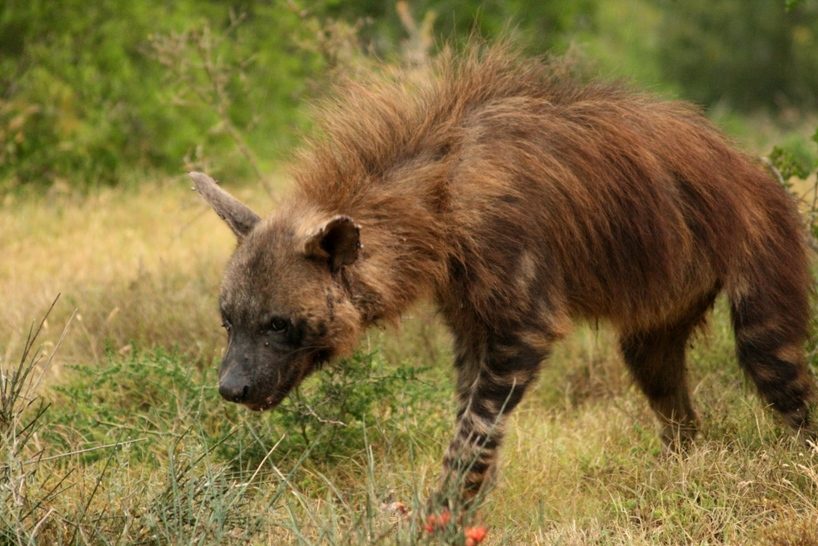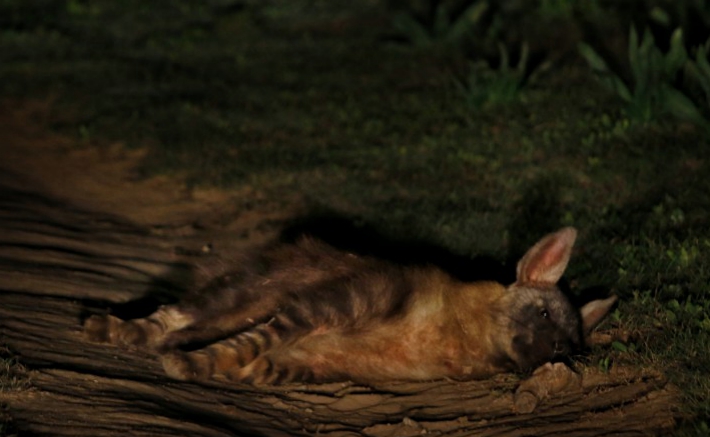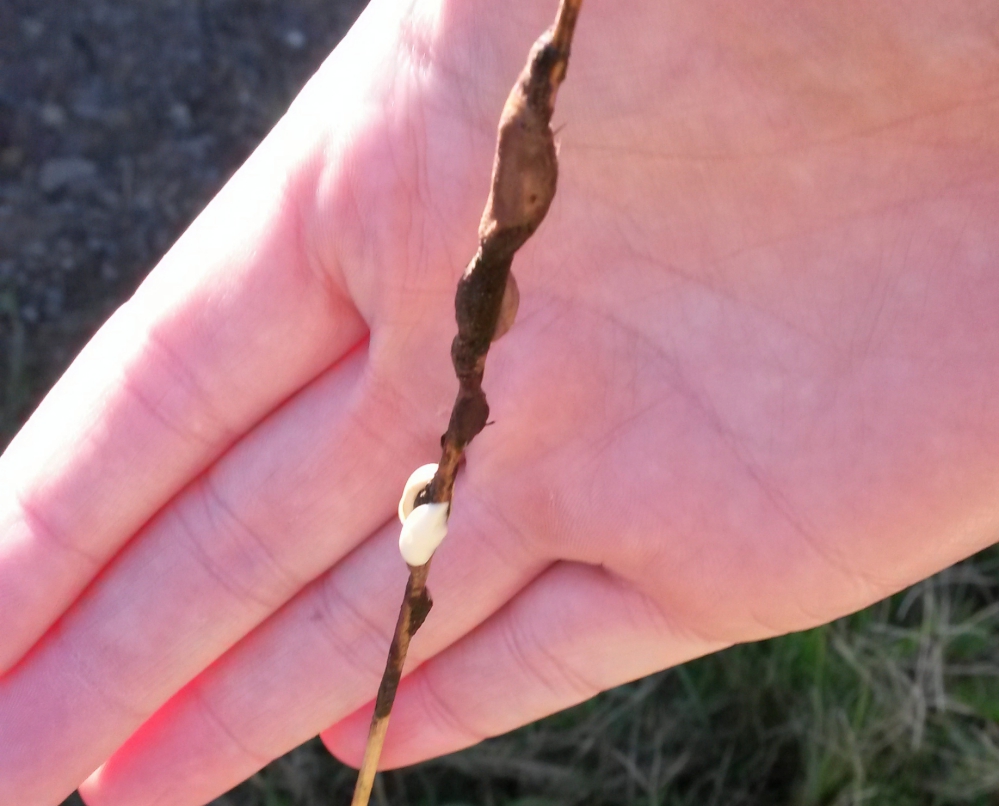Hyenas: Phantoms of the Night

What images come to mind when you think about hyenas? Perhaps the scruffy and devious characters from the Lion King who give Simba a hard time or the laughing scavengers that gather around a a kill to try to snatch a few pieces of meat away? You may think about creatures who somehow just appear out of the darkness like phantoms of the night. Whatever comes to mind, hyenas are interesting mammals and play an important role in every African ecosystem.
Hyenas: Family Hyaenidae
There are four species of hyenas, also spelled hyaena, in the family Hyaenidae: the spotted hyena, brown hyena, striped hyena and the aardwolf. Kariega Game Reserve is home to two of these species, the brown hyena and the aardwolf. In the past there have also been spotted hyena on the reserve but these have moved off. The spotted hyena is the most common of the four hyena species and often shown in wildlife documentaries.
The brown hyena and the aardwolf are smaller than spotted hyenas. Spotted hyenas can weigh up to 80 kilograms (176 lbs) whereas brown hyenas are usually less than 70 kilograms (154 lbs) and aardwolfs around 13 kilograms (29 lbs). Unlike the other hyena species, the aardwolf feeds almost entirely on termites.
Spotted hyenas are best known as vicious scavengers but they are actually quite successful hunters too. They can even take down fairly large prey if they work together in a tight knit clan. Brown hyenas are mostly scavengers and will eat almost anything they can find, including fresh and rotten meat, bones and old skin. Their jaws are incredibly powerful and can crunch through almost anything. Researchers tell us that the brown hyenas jaw strength is about 1,100 psi (pound force per square inch). This is almost twice as strong as a lions jaw strength. This makes sense as lions feed on soft meat and skin and hyenas eat the harder hide and bones which need more power to crush.
All species of hyenas are all nocturnal. These phantoms of the night can be seen during the early evening, just after dawn or during a night safari drive.
Kariega Game Reserve is fortunate to protect a growing number of brown hyenas. This hyena species is listed as near threatened on the IUCN Red List and there are estimated to be less than 10,000 animals in the wild.

Importance of Hyenas
Hyenas play a vital role in the natural environment. They clean up carcasses of old, sick or injured animals and eat leftovers from lion kills. This removes the chance of disease spreading, too many flies breeding and the awful stench of rotting meat.
Hyenas also consume bones and crush them into small pieces before swallowing them and digesting them with their incredibly strong stomach acids. Other creatures, such as tortoises, sometimes eat the dung of a hyena to gain access to the high levels of calcium in the scat.
Brown hyenas will also eat vegetables, fruit and can even hunt small sized prey including fish, birds and insects when other food is scarce.
How Brown Hyenas Communicate
Hyenas use many different ways to communicate with each other. Brown hyenas are very quiet, unlike their spotted hyena cousins, and have other interesting ways to leave messages for other hyenas. Brown hyenas mark their territories with dung and anal pastings.
The white dung is caused by eating a large amount of bones and is a key visual marker of a brown hyena's territory. The more unusual method to mark it's territory is the use of anal pastings on grass shoots. The brown hyenas anal pasting consists of two different sections, a white secretion which can be smelled for many days and a darker brownish secretion which only holds its' smell for short time. These secretions are deposited onto the most prominent grass stalk along the hyena's path. The secretions are most often at a hyena's eye height which makes them easy for other hyenas to see.

Hyenas: Phantoms of the Night
Did you see a phantom of the night on safari when you visited Kariega Game Reserve? Tell us about your experience on Facebook, Instagram, Twitter and YouTube. You are also welcome to leave a message in the comment below.
If you enjoyed reading this blog and would like to have our articles sent to you via email, please click here to subscribe.
Sleeping hyena photo thanks by field guide Wayne.









